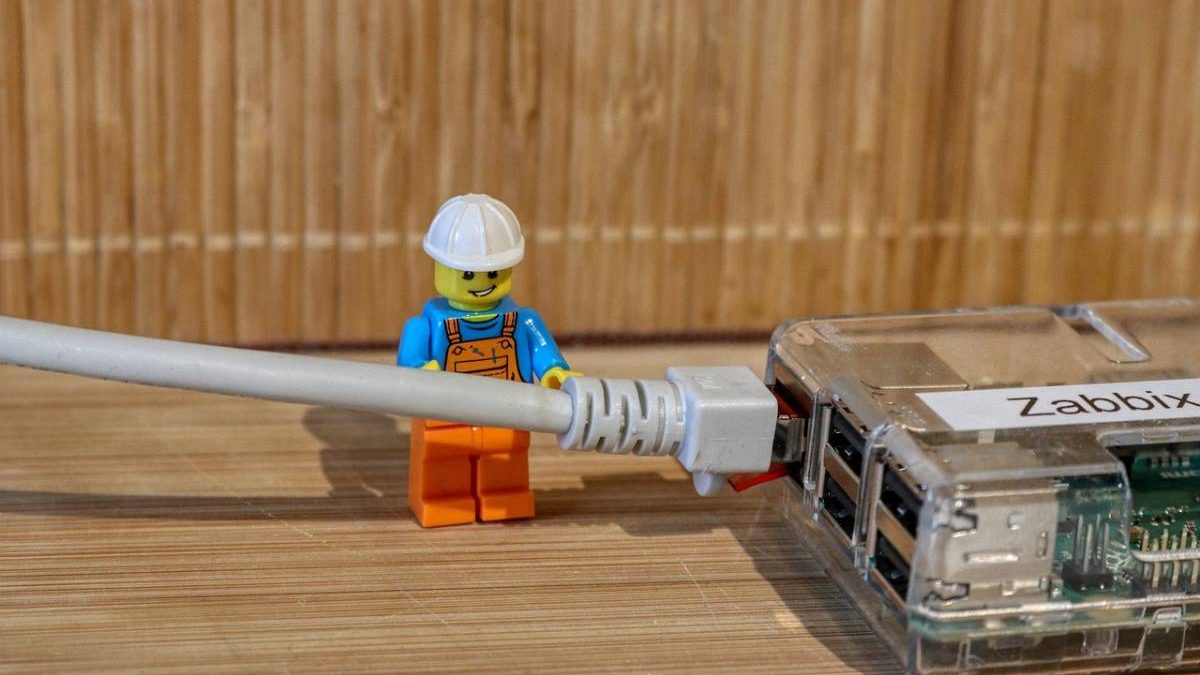Table of Contents
Overview of Broadband Technologies
Broadband “means fast internet access with a high data transfer rate. Since there are different technologies in this regard, “broadband” is used as a collective term. On the other hand, Internet access via a modem analog or ISDN is called “narrowband” and can see it very clearly: Narrowband allows only a low data rate (surfing the Internet is therefore slow), while broadband enables a high data rate (surfing the Internet is fast ).
Why do you Need Broadband?
Broadband access has on the rise since the early 2000s, and the broadband internet market remains a growth market as more households connected with fast internet access. This is understandable, of course, because fast internet access makes the network convenient. Shopping, webcam chats, writing emails, watching videos, downloading music, uploading photos – all of this done in no time with a high-speed Internet connection.
Broadband is so fast
Using the web is even more fun with high-speed internet access. Fotolia.com
Broadband access in speed, and the exact starting point for broadband not always agreed upon. There is the so-called “DSL light” from Telekom (formerly “T-Home”), which enables surfing at 384 kbit / s – that’s six times faster than ISDN, which has a speed of 64 kbit / s / s. It , of course, cannot called “broadband”.
According to this, DSL speeds of up to six, eight or 16 Mbit / s are the rule, but they not always achieved. With VDSL and vectorization technology, 50 or 100 Mbit / s are also possible. When it comes to speed, cable operators such as Vodafone Kabel Deutschland and PŸUR are leaders – up to 500 Mbit / s and more are possible without any problems.
In addition, the end of the mast has not yet reached, you can also book faster access via fiber optics or LTE! In addition, of course, we are working on further developing technologies.
Advantages and disadvantages of Broadband Technologies
The most popular broadband internet access in Germany is DSL. Availability is high, and you usually have a choice of several providers. A disadvantage is a decreasing speed as the distance from the exchange increases.
At the same time, cable internet is enjoying increasing popularity. The wired connection provides fast and steady internet speed, but the wired network needs to updated for internet functionality. However, this can only done gradually and requires significant investment. Also, there is usually only one cable company in the exact location.
UMTS was already considered the new savior at the turn of the millennium, but it took a short year for the technology to catch on. Thanks to the popular Surfpole, which equipped with a SIM card and plugged into the USB socket of the laptop, mobile broadband has started its triumphal march. With UMTS you can surf the Internet with up to 7.2 Mbit / s, with the HSPA + extensions) with over 40 Mbit / s. The successor standard LTE allows speeds of 100 Mbit / s and more.
Satellite internet is one way of bringing broadband into the home – but this option is relatively complex and expensive. A distinction should made between unidirectional and bidirectional satellite connections. The satellite can only receive the data (return channel) with the first but not send it. It would be best if you also had a transfer channel for this.

